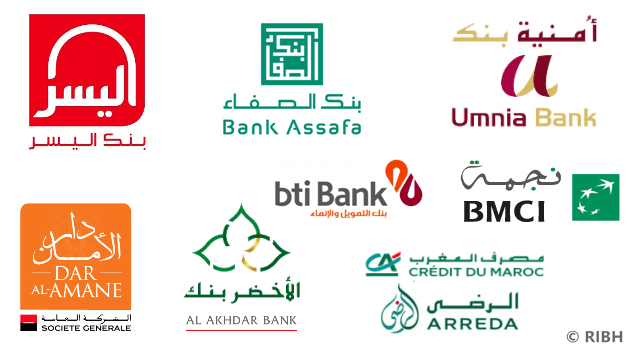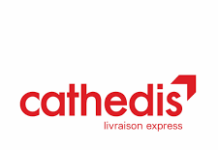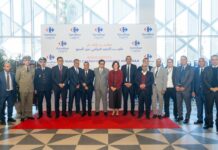In a notable rise, participatory financing provided by Moroccan banks and participatory windows soared to 21.4 billion dirhams (MMDH) in 2023, up from 17.4 billion dirhams in 2022, as reported by Bank Al-Maghrib (BAM). This increase reflects a growing trend in the country’s financial landscape, emphasizing the importance of alternative financing mechanisms.
According to BAM’s 20th annual report on banking supervision, the majority of these funds were allocated to real estate (80.4%), followed by equipment (13.5%), and consumer and treasury needs (6.1%). This distribution underscores the critical role of participatory financing in supporting various economic sectors.
The financing predominantly took the form of “Mourabaha” (99%), with a small portion allocated to “Salam” (1%). The total outstanding Mourabaha financing reached 28 billion dirhams, marking a 20.1% year-over-year increase. Excluding advance margins, the outstanding amount stood at 21.2 billion dirhams. Within this segment, real estate financing accounted for 81%, equipment financing for 13.6%, and consumer financing for 5.5%.
Additionally, the value of assets acquired through Mourabaha operations amounted to 301.4 million dirhams in 2023, a significant rise from 171.1 million dirhams in 2022. This growth highlights the increasing adoption and reliance on Mourabaha financing within the market.
As for Salam financing, the outstanding amount grew to 187.7 million dirhams in 2023. BAM also noted that customer receivables constituted 86.8% of the total assets, indicating a robust demand for these financial products.
The surge in participatory financing reflects a broader trend towards diversified financial products that cater to various economic needs. As Morocco continues to develop its financial sector, the growth in participatory financing options like Mourabaha and Salam demonstrates their increasing relevance and potential to drive economic growth.





